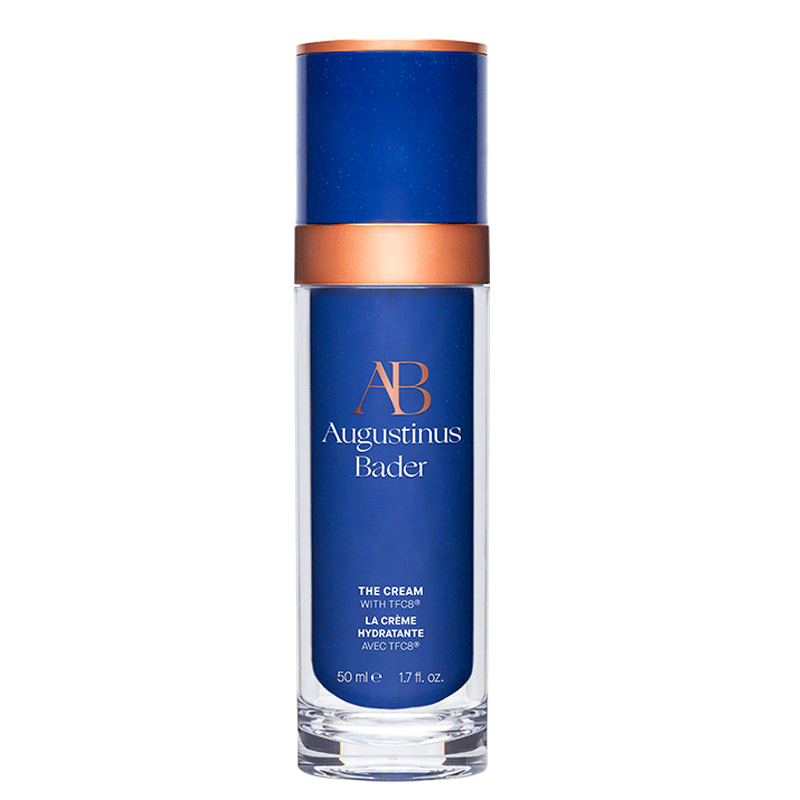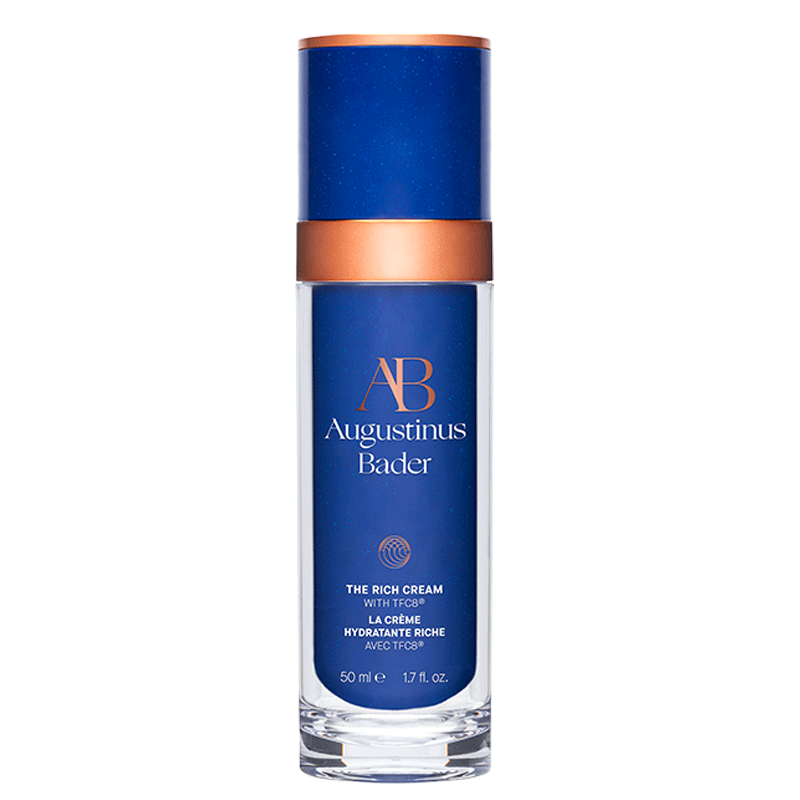Have you developed skin patches or discoloration as a result of UV damage? Alternatively, are you observing dark patches that are raised and gradually increasing in size? If so, don't worry — hyperpigmentation is the cause of these skin tone and texture issues, and they're more typical than you might think.
What causes hyperpigmentation, and how is it treated? Here's everything you need to know:
What is Hyperpigmentation?
Melanin accumulation is responsible for the unique shade of your skin, serving as a natural sunscreen by absorbing UVR and shielding against sun damage.
Excessive sun exposure, hormonal imbalances, and natural aging can trigger increased melanin production. This overproduction, known as hyperpigmentation, results in pigment deposition in the surface epidermis and deeper dermis layers. Inflammation of skin cells can cause this condition, as the healing process produces extra pigment.
Hyperpigmentation can also occur after a breakout, when the skin is aggravated by extra touching or picking, leaving red or dark brown marks on the skin which seem impossible to eradicate or lighten.
To combat the inflammation or environmental stressors that cause hyperpigmentation, try a hydrating moisturizer like The Cream, which works by helping skin cells return to their optimum healthy function and stopping pigment overproduction.
The Vitamin E in The Cream can also diminish the appearance of dark spots, while the antioxidants help keep free radicals at bay. In user trials, 79% of participants reported decreased skin discoloration and improved skin tone evenness.
Don’t just take it from us — Model Louisa Northcote experienced a considerable reduction of hyperpigmentation on her acne scars, nothing: “The scarring on my cheeks isn’t as red, and the active spots are definitely less red using this cream.”
The Three Types of Hyperpigmentation


There are three types of hyperpigmentation, each caused by separate outside factors requiring different treatments.
Sunspots
Sunspots (sometimes called "liver spots") are one of the most common types of hyperpigmentation. You may notice visual changes in your skin if you spend countless hours sunbathing. These spots tend to manifest most on areas of the skin exposed to the sun, like your hands, face, and shoulders.
Post-inflammatory hyperpigmentation
Caused by skin inflammation, post-inflammatory hyperpigmentation is your body's natural response to skin injuries, inflammation, allergies, or trauma, which causes your body to produce extra melanin, leading to dark brown spots and patches of skin.
Melasma
A hormonal imbalance typically causes this. You may notice dark brown or black patches of skin throughout your body, including the face and stomach.
How to get rid of Hyperpigmentation


Living with hyperpigmentation is often challenging, and some people struggle with regaining confidence when they're constantly battling against skin imperfections, uneven skin tones, and texture inconsistencies.
Thankfully, with a few minor adjustments to your routine, things can improve and get you one step closer to visually healthier-looking skin.
Here are four hyperpigmentation treatments and routine changes to consider:
Keep Your Skin Hydrated
Hydration is key to keeping your skin healthy, moisturized, and nourished. Many moisturizer formulas help to lighten dark spots and increase cell turnover.
Powered by TFC8® technology, our popular moisturizer, The Cream, helps to support cellular renewal and guide essential nutrients to the cells. When used consistently as part of a twice-daily skincare regimen, The Cream can renew your skin and help you achieve an even, vibrant, glowing complexion. During our user trials, 92% of participants agreed that their dull skin appeared brighter after just four weeks.
Don't Pick at Acne or Bug Bites
We know it's not always easy to keep your hands away from acne, bug bites, and other irritations. However, if you pick at your skin, the darker spots worsen and penetrate deeper into your skin over time, and this can cause hyperpigmentation acne.
If you have acne or picking scars, consider using a facial serum with brightening agents, like our Cell Rejuvenating Power Serum. This serum contains a potent blend of niacinamide, vitamin E, and hyaluronic acid to balance and restore your skin barrier and address the appearance of past skin damage.
Always Wear Sunscreen
SPF is a must-have product that protects your skin from the harmful effects of UV rays. Always leave the house wearing at least SPF 30 or higher in summer or winter to protect your skin from additional discoloration or imperfections. Also, remember to apply sunscreen to your ears and neck, or consider wearing a wide-brim hat if you're out of sunscreen.
Consider Cosmetic Procedures
If you're struggling with the look and feel of your skin, hyperpigmentation treatments are a viable possibility. Chemical peels, microdermabrasion, or dermabrasion can help eliminate excess melanin and help you achieve visually healthier-looking skin.
Prioritize Prevention
Prevention is critical to maintaining your skin's natural beauty, and building a skincare routine is the best preventative measure. As part of your routine, we recommend having a cleanser, moisturizer, and a face serum formulated with nourishing ingredients.
Decode Hyperpigmentation with Augustinus Bader


The best way to treat hyperpigmentation is to stay consistent with a skincare routine and prioritize active formulas. At Augustinus Bader, TFC8® technology powers all of our skincare essentials and helps to nourish and protect the skin while guiding key nutrients to your cells.
Our next-level products, driven by over 30 years of research, innovation, and clinical study, offer a variety of effective solutions to help treat hyperpigmentation. With our products, you can feel confident knowing you are using the best possible treatments to address your concerns and prevent them from impacting your confidence.
Explore our collection of skincare products today.







